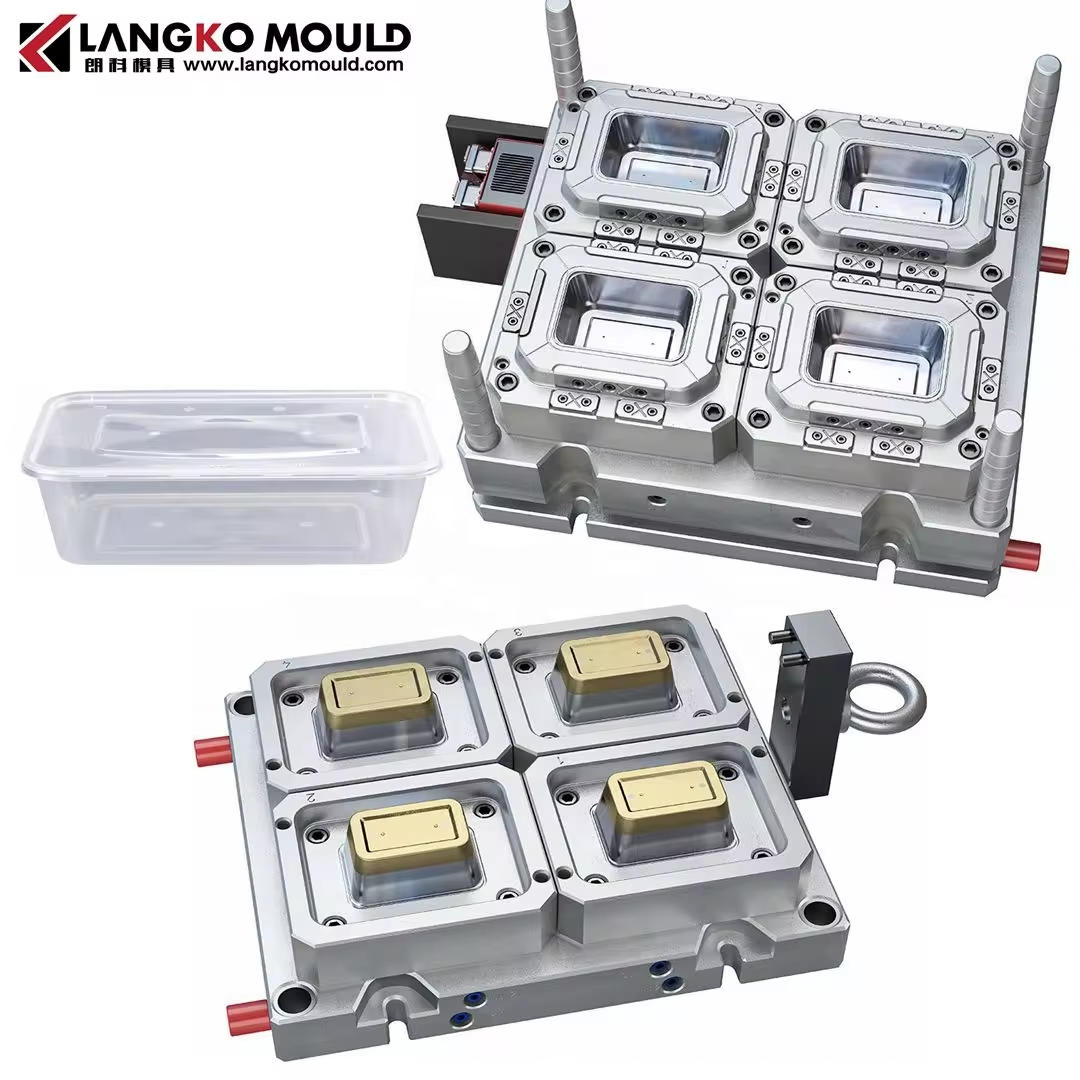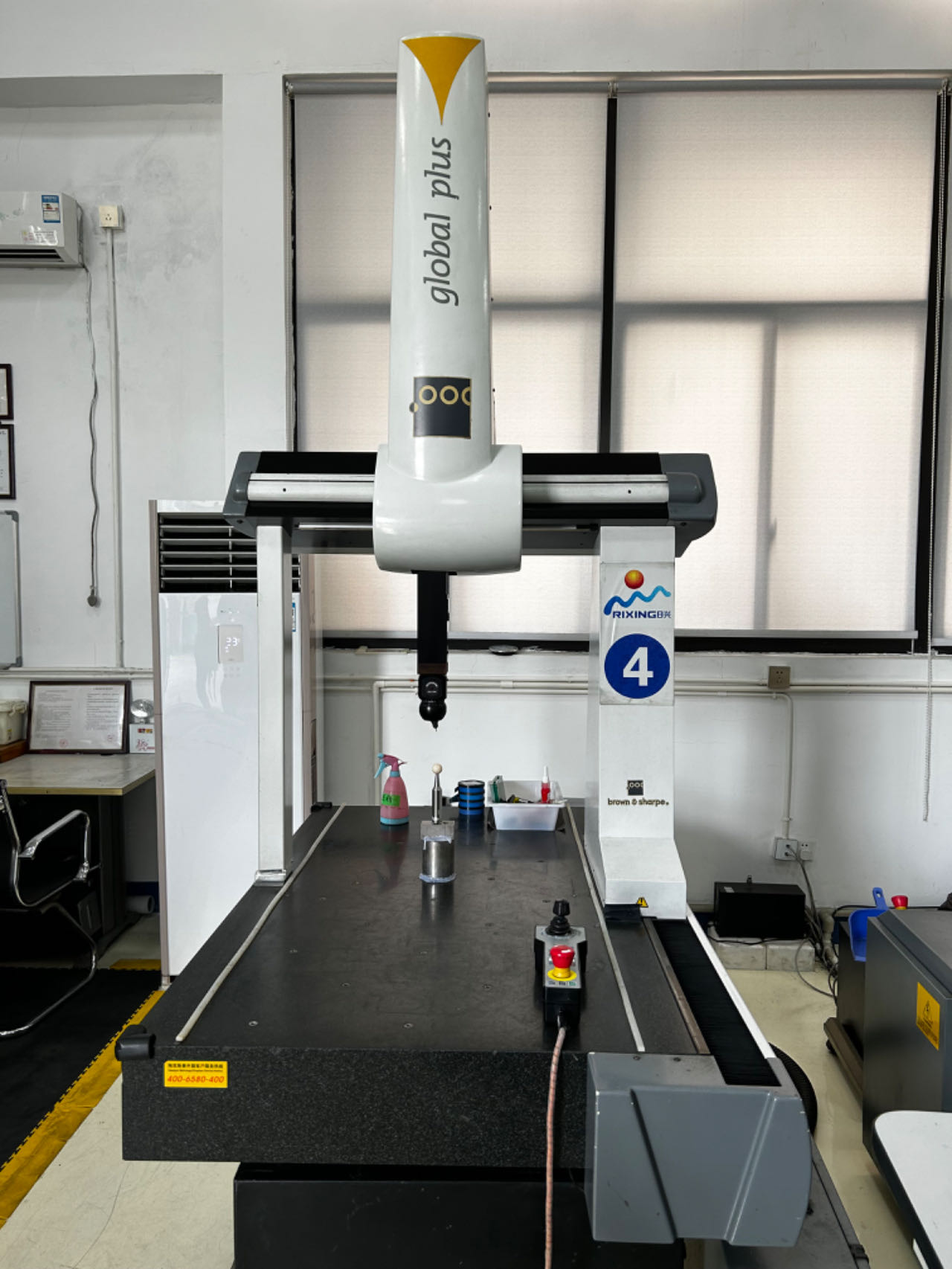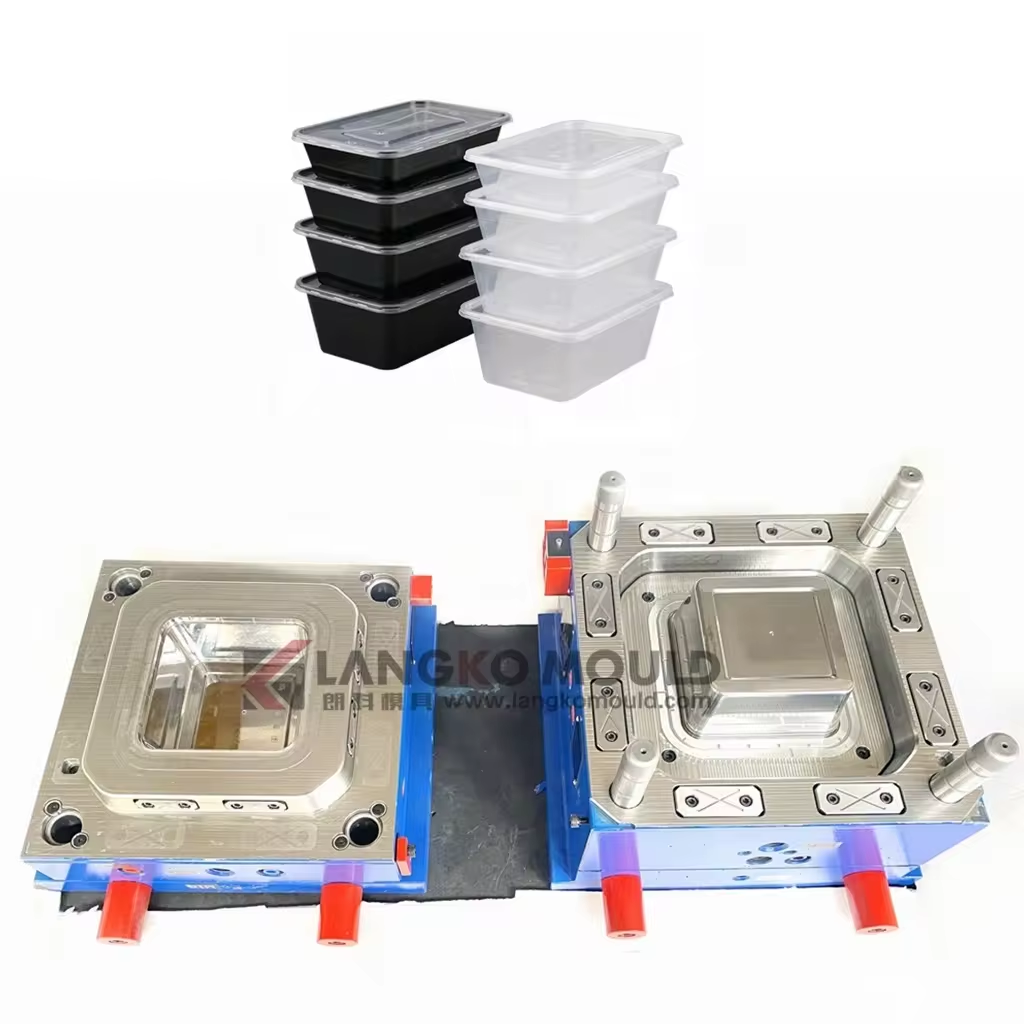Thin Wall Box Mould Design
栏目:MOULD BLOG 发布时间:2024-05-30
Thin Wall Box Mould Design
Designing thin wall box is more than just making something skinny. It's like doing a fancy dance between different sciences and making things in a cool way. By learning some tricks and using special techniques, you can make tough and light boxs, which can change a bunch of industries from packaging to space stuff.

Fundamentals of thin wall box mould design:

Fundamentals of thin wall box mould design:
Creating thin wall box moulds involves a mix of science and creativity. It's like building something super strong out of whispers. We design the moulds for these thin wall boxs like making a secret recipe, the perfect mix of materials, shapes, and techniques.
Below are the basics of crafting these clever moulds that give birth to those awesome, thin wall boxs.
Balancing strength and thickness:
Achieving thin wall boxs that maintain strength is akin to discovering a magical formula.
Engineers meticulously select robust yet lightweight materials like crafting a secret potion.
It's a delicate interplay of material science and design finesse to find the perfect balance between sturdiness and thinness.
Pressure and flow:
Controlling the flow of hot, liquid plastic into the mould demands precision akin to pouring the syrup into a narrow bottle without spillage. Maintaining a seamless, bubble-free flow under extreme heat and pressure requires precise engineering to ensure the plastic fills the mould evenly.
Cooling and solidifying:
Once the plastic takes shape, the cooling process becomes a critical race against time.
Proper cooling, akin to delicately handling a freshly baked item to prevent deformation, is essential. Timing and temperature control are vital for the plastic to solidify correctly without compromising its integrity.
Ejecting the thin wall box:
Gently removing the container from the mould without distortion parallels carefully extracting a delicate dessert from its mould. Engineers devise meticulous methods to extract the container without compromising its shape, akin to carefully releasing a baked treat from its mold intact.
Dimensional accuracy:
Making sure the parts are the right size is super important. We use fancy machines like CMMs and optical systems to measure and check that the parts are exactly the size they should be.


Visual inspection:
Checking how the parts look is crucial. Trained folks or special machines look for any marks or imperfections on the surface to ensure they look perfect without any issues.
Wall thickness verification:
We check how thick the walls of the parts are in different places. Cool tools like ultrasonic testing help us ensure the thickness is everywhere.
Material testing:
We test the material to see how strong it is. Pulling, bending, and hitting it helps us ensure it's tough enough for what it needs to do.
Gate seal verification:
Ensuring the gates where the material goes into the mold are properly closed is essential.
The parts won't turn out well if they leak or aren't closed right. We check this with special tests or just by looking.
Part weight control:
We check the weight of the parts regularly. This helps us ensure they're all the same and don't have any unexpected changes that might make them not work right.
Mechanical testing:
We try to break the parts to see how strong they are. Pulling and hitting them helps us know if they're strong enough for what they're meant to do.
Statistical process control (SPC):
We keep an eye on how the whole injection molding process is going. Watching how hot the material is or how long it takes helps us catch any problems early.
Mould maintenance:
We make sure the moulds are clean and working well. Regular checks and cleaning stop things like dirt or damage from making bad parts.
Documentation and traceability:
We keep records of everything we do. This helps us know what we've checked and fixed and ensures we always make awesome parts

If you are interested in the plastic thin walls box moulds,pls feel free to contact me.

If you are interested in the plastic thin walls box moulds,pls feel free to contact me.
Wechat / Whatsapp: +86-13306762335
E-mail: market@langkomould.com



 86-0576-81122860
86-0576-81122860





